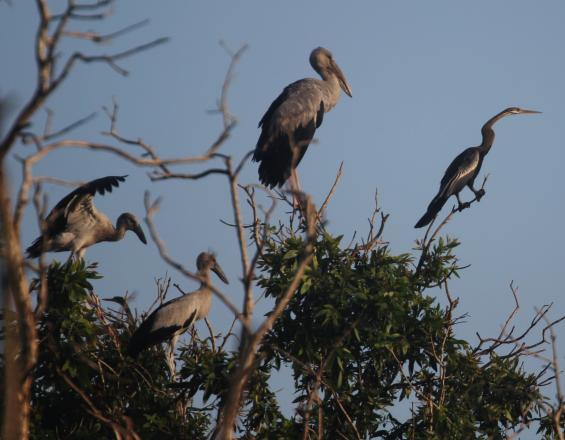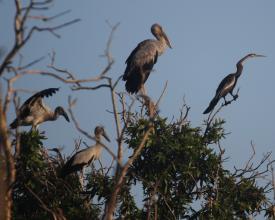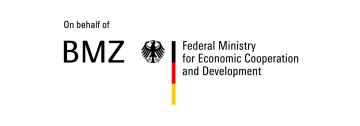
Water and fire management of a peat swamp forest

The solution recovered natural conditions and protects 3,900 ha of unique peat swamp forest ecosystem. The conservation of Melaleuca trees found in this forest type is a national priority because they buffer floods, recharge aquifers and provide habitat for endangered wetland species. About 25,000 people living in the park’s buffer zone benefit through the provision of clean water and small cultivated fish.
Context
Challenges addressed
Location
Process
Summary of the process
Building Blocks
Multi-stakeholder workshop
Enabling factors
Lesson learned
Water management
Enabling factors
Lesson learned
Fire management
Enabling factors
Lesson learned
Impacts
1. With improved water management, no major fires occurred. The Melaleuca forest recovered, biodiversity increased, and the bird population rose by 33% over 3 years with 9 new species being recorded. The peat is a 2.7 million tons carbon sink. 2. The park supplies a clean water source and small fish for 10,000 people living in the park’s buffer zone. 3. Convictions for looting, poaching and infringements in the park continue to significantly decline.




